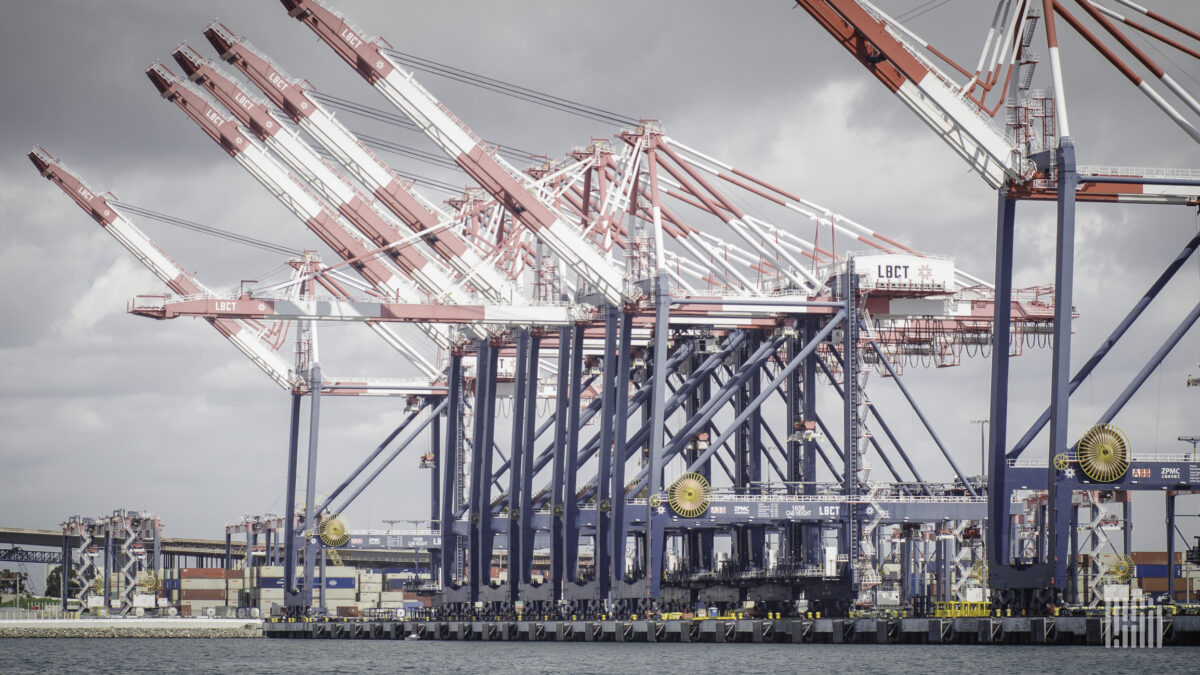[ad_1]
 You’ve probably already encountered it in a retail setting. You call a support center and a chatbot answers the call, understanding your natural language and providing information on shipment status. This is called ChatGPT, a natural language processing (NLP) tool that runs on artificial intelligence (AI) to conduct human-like discussions in order to assist you with various requests.
You’ve probably already encountered it in a retail setting. You call a support center and a chatbot answers the call, understanding your natural language and providing information on shipment status. This is called ChatGPT, a natural language processing (NLP) tool that runs on artificial intelligence (AI) to conduct human-like discussions in order to assist you with various requests.
We’re already seeing it in diverse applications, such as writing emails or essays. Even writing code. You ask the bot questions, and give it commands, using nothing more than your voice, and the bot understands enough to provide a remarkably accurate response.
Make no mistake. This technology is coming to a supply chain near you, and the sooner you understand it and get comfortable with it, the better positioned you will be when hits the industry in full force.
Generative AI Explained
The technical term for it is “generative AI.” Simply put, it is AI that “generates” output to fit a specific task at hand. Using computer algorithms, the AI program searches various connected inputs from all available sources to generate human-looking content in the form of text, images, audio, and other synthetic (created) data that is of value to the user.
In many ways, it is the next logical progression of predictive analytics and machine learning combined.
Where predictive analytics uses algorithms to look at established patterns in various contexts to suggest what might happen next, machine learning watches for feedback to improve its performance over time, refining itself for a more appropriate response.
Generative AI combines the two concepts in a conversational context. The machine understands your voice, and with that input, it intelligently scours the universe of data to serve up a refined response in whatever format you need to accomplish the task.
Generative AI in Practice
With little imagination, it is not difficult to see how this technology can be a game-changer for a logistics service provider (LSP).
A transportation manager comes in to start the day. Overnight, the system has already recognized the shipments due out, the carriers in play, available inventory, staff, orders in progress, traffic and weather patterns, etc. The manager asks aloud, “What are our priority shipments for today and do you see any potential issues based on current status?”
In seconds, the bot responds with a full report on screen, showing problem areas flagged, and brief notes highlighting concerns and potential solutions. No pointing, clicking, or typing is involved.
The manager glances at the screen and sees a shipment to Louisville, KY flagged due to a storm delay. He asks the bot, “How long will the storm delay ABC Company’s shipment to Louisville and, can you find a better route?”
The bot answers in a human voice, “The storm will delay the shipment by four hours. Carrier B can reroute the shipment if the load is transferred to them by 2 o’clock, saving one hour in transit. Do you want to execute the transfer?”
The manager hesitates, then asks, “Will the change in carrier add cost to the customer?”
The bot answers, “Yes. A $115 upcharge will apply. Do you approve of the change?”
The manager answers, “No. Contact the customer and ask them if they will approve it.” The bot then pings the customer with the information and a reply comes back within minutes.
The bot responds, “The customer in Louisville does not approve the upcharge. The four-hour delay is acceptable. Do you want to ship it?” The manager confirms the shipment. The order is processed to the customer’s satisfaction.
Coming to a Supply Chain Near You
The scenario described above is not that far off. The technology already exists and, in the opinion of this writer, supply chain companies will begin deploying applications capable of just this kind of interaction by next year, if not sooner.
In short, generative AI represents a new era of staff augmentation. It is not meant to replace warehouse workers. It is meant to supplement decision-making, using AI to quickly survey all available data on a given topic, provide a quick and accurate analysis of the situation, offer up practical recommendations to the current situation, and support human decisions through automation. All in real-time. All the graphic, written, or audible outputs are appropriate to effectively communicate and execute the transaction.
The benefits are tangible. Workers spend less time performing mundane, time-consuming tasks and more time making strategic, value-added decisions. Customers experience better service. Partners work more seamlessly together. And new efficiencies are realized, as technology improves productivity and human and financial performance at once.
Prepare for the Next Competitive Edge
LSPs who begin thinking in terms of AI-enhanced operations will have a leg up on the competition when the phenomenon manifests. The best course of action is to learn more now.
Be aware of the technology and ensure that your existing infrastructure will be able to accommodate the capability when it arrives. Perform a technology health check and assess your best practices. Identify areas where a generative AI pilot project might improve results quickly.
Talk about the topic and start asking questions. Are you on the cloud? Do you have a capable partner? Are your people prepared for it? By cultivating a curiosity for it and laying the foundation for it now, you will begin to position yourself for the next evolution of competitive leverage.
The supply chain is ripe for generative AI. Are you?
Pedro Quiterio, Senior Supply Chain Consultant at Open Sky Group, is a seasoned, supply chain technology and logistics professional with over 15 years of experience in the industry. Pedro has a proven track record of streamlining operations, reducing costs, and improving delivery times through the implementation of innovative technology solutions. Pedro has a deep understanding of logistics systems, transportation operations, and supply chain management processes. With meticulous attention to detail and a systematic approach to problem-solving, Pedro has successfully managed large-scale logistics projects for leading companies in many industries. He is dedicated to delivering high-quality results and continuously seeks new opportunities to enhance and optimize supply chain processes.
Open Sky Group, global specialists in the Blue Yonder supply chain solutions (formerly JDA RedPrairie Software), helps companies like yours implement and upgrade warehouse, labor, and transportation management systems. To learn more, visit Open Sky Group today.
[ad_2]
Source link













